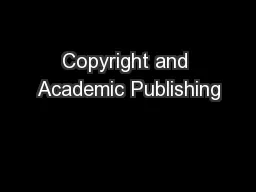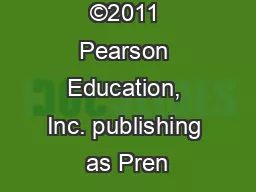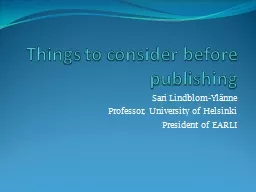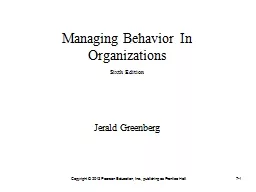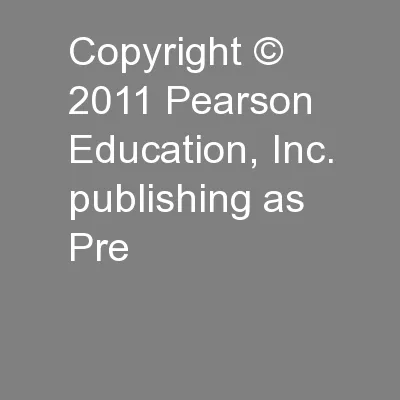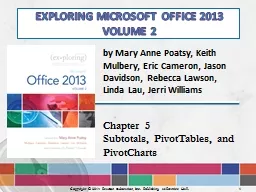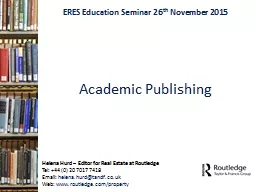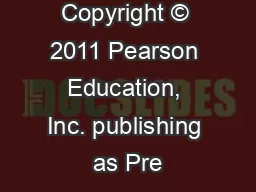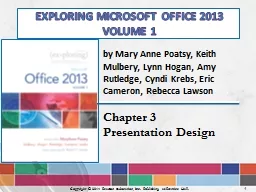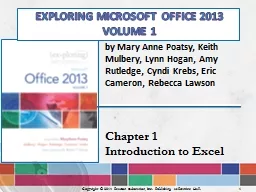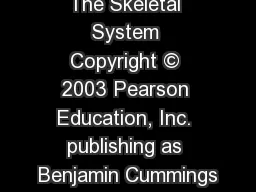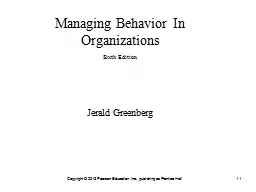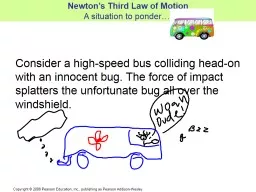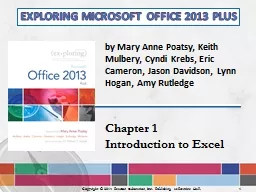PPT-Copyright and Academic Publishing
Author : liane-varnes | Published Date : 2016-04-23
Shaping the Future Kevin L Smith Duke University Libraries Turn and face the strange Changes and opportunities Dramatic realignment in academic publishing Denied
Presentation Embed Code
Download Presentation
Download Presentation The PPT/PDF document "Copyright and Academic Publishing" is the property of its rightful owner. Permission is granted to download and print the materials on this website for personal, non-commercial use only, and to display it on your personal computer provided you do not modify the materials and that you retain all copyright notices contained in the materials. By downloading content from our website, you accept the terms of this agreement.
Copyright and Academic Publishing: Transcript
Download Rules Of Document
"Copyright and Academic Publishing"The content belongs to its owner. You may download and print it for personal use, without modification, and keep all copyright notices. By downloading, you agree to these terms.
Related Documents

